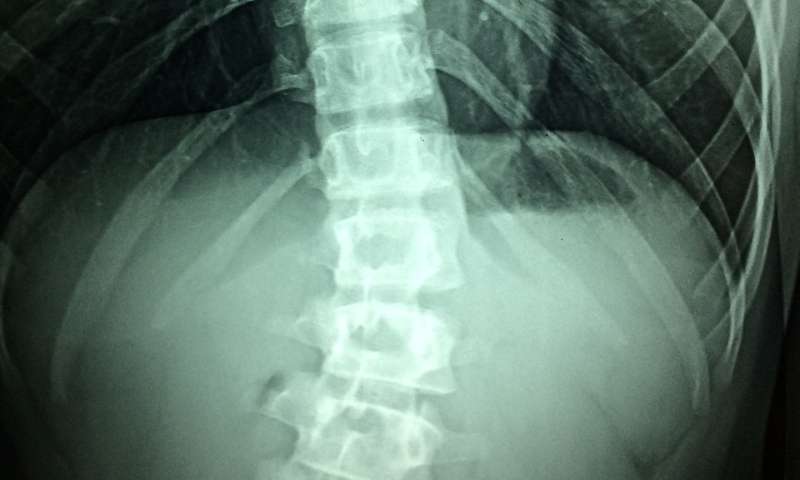
Researchers at Karolinska Institutet in Sweden have revealed a new principle of organization which explains how locomotion is coordinated in vertebrates akin to an engine with three gears. The results are published in the scientific journal Neuron.
A remarkable feature of locomotion is its capacity for rapid starts and to change speed to match our intentions. However, there is still uncertainty as to how the rhythm-generating circuit—the locomotor engine—in the spinal cord is capable of instantaneously translating brain commands into rhythmic and appropriately paced locomotion.
Using zebrafish as a model organism, researchers at Karolinska Institutet reveal in detail a full reconstruction of the rhythm-generating engine driving locomotion in vertebrates.
“We have uncovered a novel principle of organization that is crucial to perform an intuitively simple, yet poorly understood function: the initiation of locomotion and the changing of speed,” says Abdel El Manira, Professor at the Department of Neuroscience at Karolinska Institutet, who led the study.
The researchers performed a comprehensive and quantitative mapping of connections (synapses) between neurons combined with behavioral analyses in zebrafish. The results revealed that the excitatory neurons in the spinal cord which drive locomotion form three recurrent, rhythm-generating circuit modules acting as gears which can be engaged at slow, intermediate or fast locomotor speeds. These circuits convert signals from the brain into coordinated locomotor movements, with a speed that is aligned to the initial intention.
Source: Read Full Article
